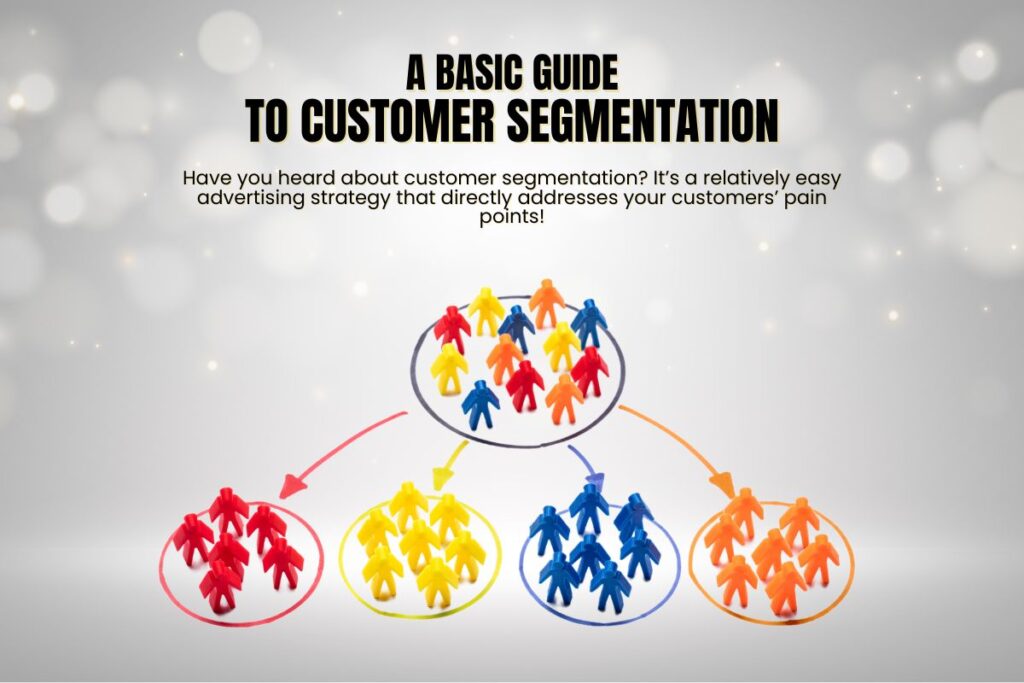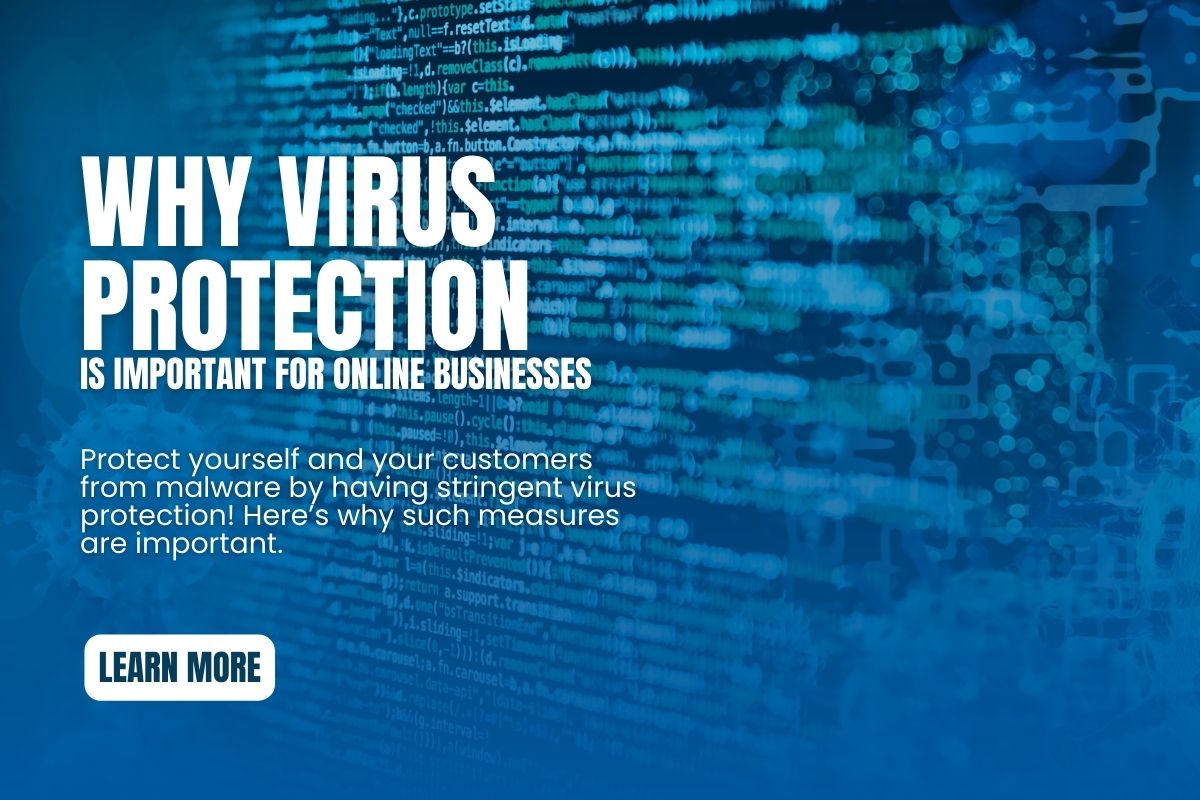Customer segmentation divides a market into smaller groups of consumers with similar needs, interests, and behaviors. This approach allows Orange County online businesses to target specific groups with tailored marketing strategies and products, improving their customer experience.

Why is Customer Experience So Important?
Customer experience is crucial because it determines how customers perceive and interact with your brand. Positive customer experiences can build trust, loyalty, and advocacy, increasing customer retention and revenue. Conversely, negative experiences can damage your reputation, decrease customer loyalty, and result in lost revenue.
Providing a positive customer experience requires understanding your customer’s needs, expectations, and pain points. It also involves tailoring your products and services to meet those needs so no actual problems or issues arise. This is where customer segmentation comes in.
How Do You Do Customer Segmentation?
These are the steps to perform customer segmentation. Please keep in mind that some steps of the list can be repeated as necessary and don’t have to be followed to a tee, either!
1. Identify Your Customer Base
The first step in customer segmentation is identifying your customer base. Collect data on your customers’ demographics, behavior, preferences, and purchasing habits and sort of build a database. You can gather this data through surveys, website analytics, social media, and customer reviews.
2. Group Customers by Similar Characteristics
Once you have gathered customer data, group them by similar characteristics such as age, gender, income, location, interests, and behavior. This time you’re filtering your database to find certain patterns better. You can use clustering analysis, a statistical technique that groups identical data points based on their characteristics, to identify patterns in your data.
3. Develop Customer Personas
After grouping customers by similar characteristics, you can develop customer personas or profiles. A customer persona is a detailed summary of a typical customer’s needs, motivations, behavior, and preferences. It helps you understand your customers’ needs and tailor your marketing strategies to meet them.
4. Analyze Customer Behavior
Analyzing customer behavior is a crucial element of customer segmentation. You can explore their purchase history, purchase frequency, spending habits, product preferences and other things that will help determine their behavior. This then will help you understand what motivates them to purchase and influences their decision-making.
5. Evaluate Customer Lifetime Value.
Customer lifetime value (CLV) is the revenue a customer is expected to generate for your business over their lifetime. You can calculate CLV by analyzing the customer’s past behavior, purchase frequency, and expected future behavior. This will help you prioritize customers with higher CLV and develop retention strategies.
6. Test Your Segmentation
After segmenting your customers, test your segmentation to ensure it is effective. Run A/B tests to compare the performance of your marketing strategies across different customer segments. This will help you to identify which component responds best to a particular strategy.
7. Refine Your Segmentation
Finally, refine your segmentation as necessary. As your business grows, customer needs and preferences may change, and new segments may emerge. Review your customer data regularly and update your segmentation accordingly.
Conclusion
In conclusion, customer segmentation is critical in developing an effective marketing strategy. By grouping customers and following the abovementioned techniques, you can tailor your advertising efforts to meet their needs and preferences. Regularly evaluating and refining your segmentation will also ensure your marketing strategy remains effective as your business grows.
If you need more help with customer relationship management, don’t hesitate to contact Drive Traffic Media. We are a digital marketing agency in Orange County that can take your business to the next level with superb customer service. We can be reached at (949) 800-6990 or (310) 341-3939.



